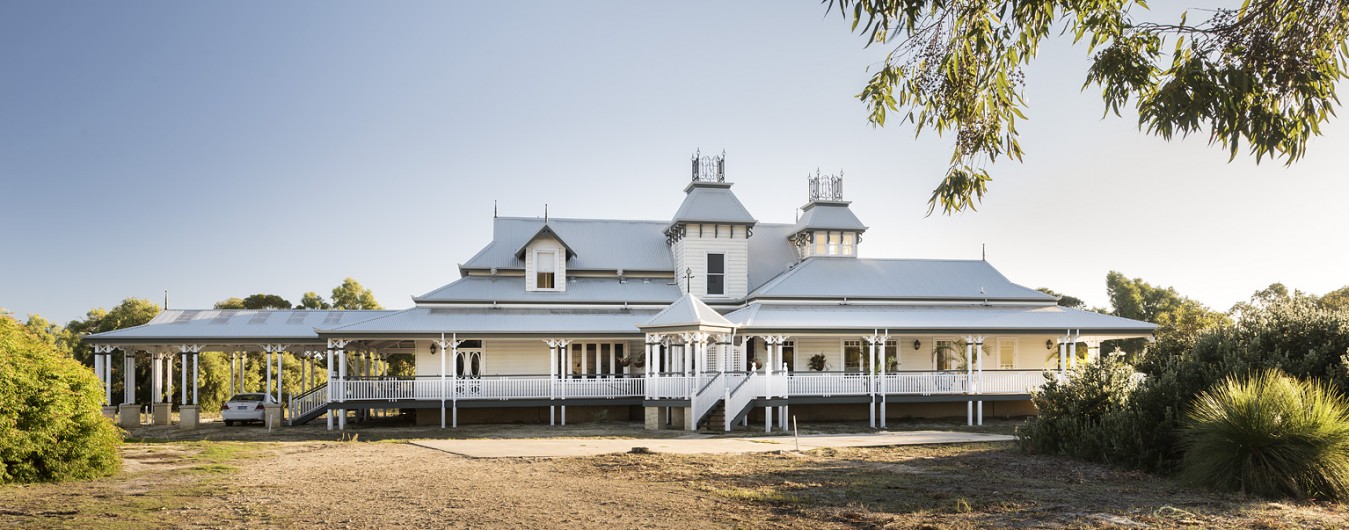Energy Consumption Growth
By Garry Baverstock AM, Director of Wise Earth P/L
Introduction: Energy Consumption Growth
In 2005 World President of ISES Professor Yogi Goswami of USF in Florida, made a keynote speech at the ISES Solar World Congress in Beijing. There he predicted that most of the world’s uranium, gas, oil and much of the world’s coal depleted.
At many of my talks in Australia and overseas since and in private discussion with fossil fuel, and uranium experts I noticed that I have either been looked at as have ‘two heads’, or the ‘specialists’ simply disagree, but offer absolutely no factual back up for their opinions. I have had the impression that it is yet another instance of an ‘inconvenient truth’ as exposed by Al Gore, or just plain ignorance that gets no response of any worth to anyone except their feelings of security.
This article squarely presents the latest information from the USA that clearly states Goswami and I, by my re-quoting his 2007 facts, have been perfectly correct. Having experts around the world that there is not an issue with population growth, energy consumption and supplies, and worse still denying the climate change effects that are so evident all around the world, with record breaking extreme weather events on the increase. The reasons why are governments moving so slowly and so divisively are complex ad are more to do with human psyche, primordial subconscious desires, rather than facts and data.
Who should we blame for such collective insanity? Surely this places the climate skeptics and ‘anti-sustainability types’ as anti-humanity forces not just an annoying or inconvenient impediment of change, as currently and often portrayed in the media.
It is a simple question but a very complicated answer that will take more resources that I can offer as part of this article.
Suffice is to say that in my opinion, all us thinking citizens of the world need to have a good look at ourselves and our integrity and start to take more affirmative action to move to sustainable energy world as soon as possible and solve ‘Climate Change’ once and for all and save humanity as we know it at present.
Defense and Security Issues
The following information has been researched and supplied by Peter Kasprzak and indicates dire consequences for the world beyond 2050. So indeed Yogi Goswami was correct after all as well as my placing this issue in context of what we should be doing with the built environment.
U.S. defense and intelligence communities are increasingly focusing resources on the operational and national security implications of climate change and energy. With the most recent quadrennial report identifying climate change as a global destabilizing force for the first time, an executive order from President Obama on sustainability across the Federal agencies, and an uncertain and unstable energy market, the challenges before American defense and national security communities to mitigate climate impacts and energy risks, as well as establish a leaner, more effective operational force in a down economy are clear.
According to the U.S. Energy Information Administration world energy demand will grow by half in less than 25 years.

World Market Energy Consumption Graph
The world consumes 500 quadrillion BTU today, but it will need 750 quadrillion BTU by 2035. (BTU or British Thermal Unit is the heat that will raise the temperature of one pound of water by one degree Fahrenheit. One BTU = 1054 joules = 0.000 293 kWh and 1000 BTU per hour = 0.293 kW)
This would seem on the face of it to be a bonanza. When I have brought up the consequences on world population levels I have been accused by some ‘sustainability’ experts as being somehow racist. In fact I am being very reasonable. Instead of short term cashing in on demand for energy and encouraging population growth in the world, I believe we should restricting growth, and if anything working out humane methods of gradually reducing it.
Why? Well have at look at the following predictions for population growth towards the end of the century based on energy supplies. Do you think we have a crisis looming? The predictions are alarming and the security and stability of the world will be in tatters.

Total Energy use by Type Graph

Energy Use by Source
Population Growth
Also take a look at the World Energy and Population – Trends to 2100 study, which asserts that world population, and therefore energy usage will dramatically decrease in the second half of the 21st century.
This time instead of BTU the energy is expressed in Mtoe (Millions Tons of Oil Equivalent), 1 Mtoe = 39652608749183 BTU
Here is the alarming prediction for world population that we need to take into account very seriously indeed.
Why are we continuing to encourage population growth to ”grow” our economy? It is nonsensical. I have heard predictions that the world population will reach 9 billion. How is that going to happen? Is it the wish of the ‘business as usual’ pundits who make millions out of increased consumption of raw materials, carving up land for housing estates built by large project building companies.
What sort of a world are we leaving for our children and grand children?

World Population Projection Graph
It is clear to me that business as usual is leading this world clearly to a hellish existence. Is it too late to wake up? A rational thinker would have to say the odds of creating a peaceful sustainable and ecological stable world for our children and grandchildren is not looking good!
If I ever doubted myself for over the last 40 years of pushing ecologically sustainable development and maximum use of solar energy in the built environment to help create a solar economy, then those doubts are now completely evaporated.
In summary, please expect a lot more from me, my allies, ‘converts’ colleagues and www.solar-e.com and my company Wise Earth P/L. I hope you can do the same or join us as we push forward and try to adapt and change, as we will need to within one generation! This includes being solid mentors for the next generation so they can be far more effective in their lifetime.












